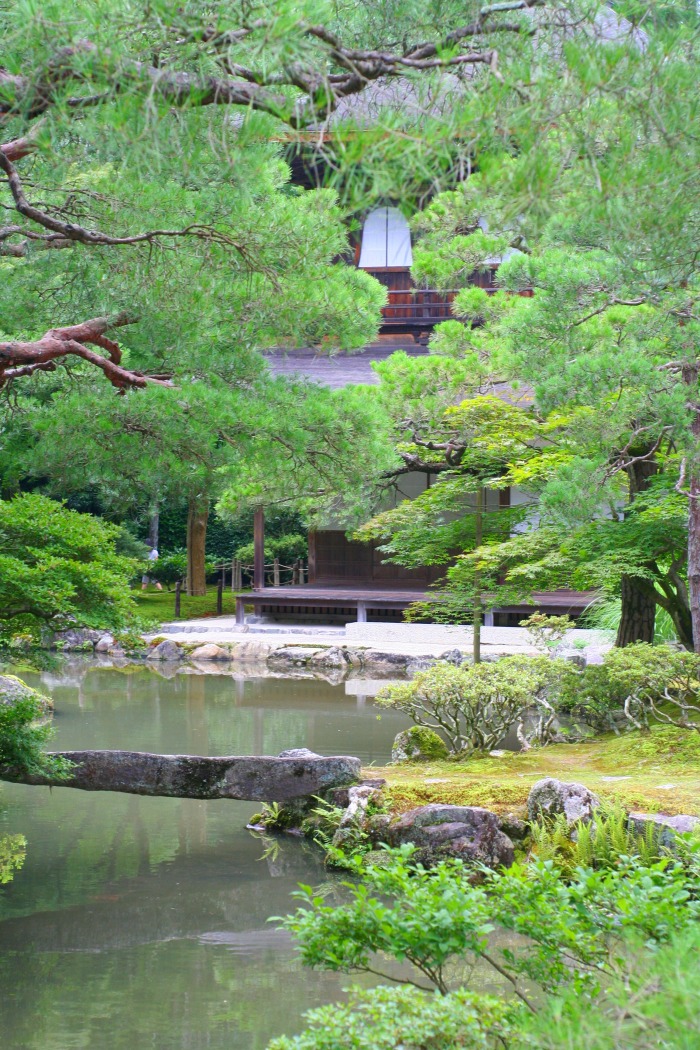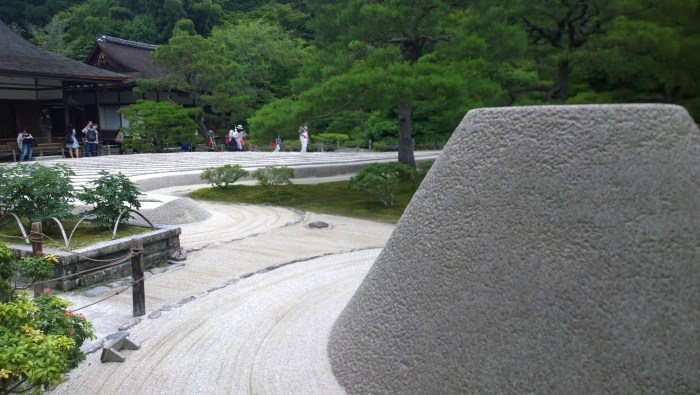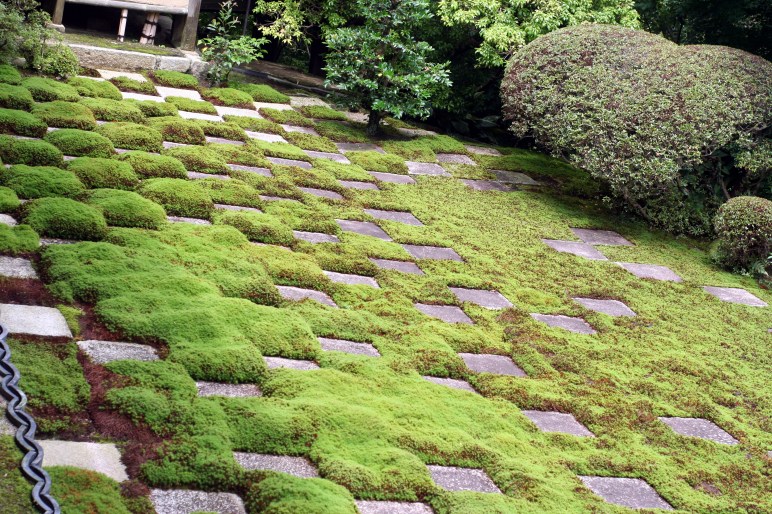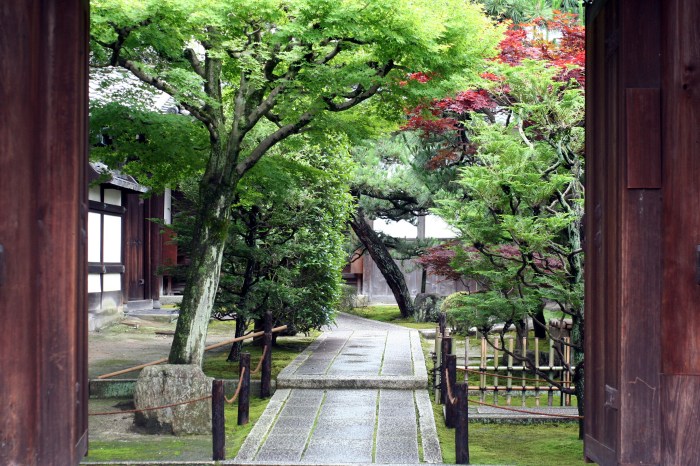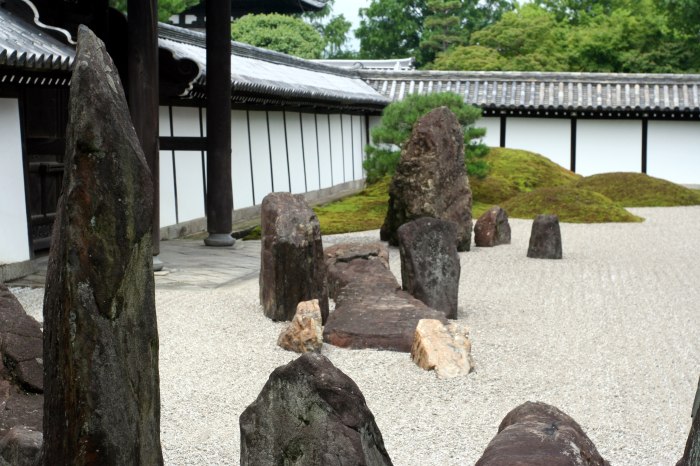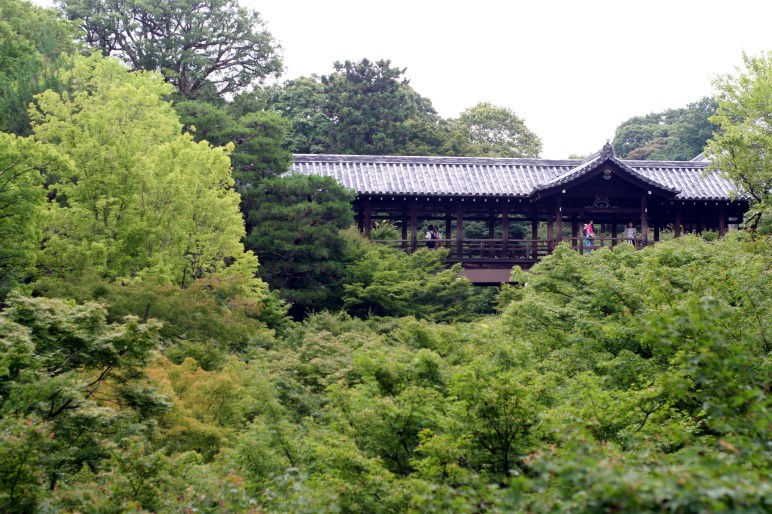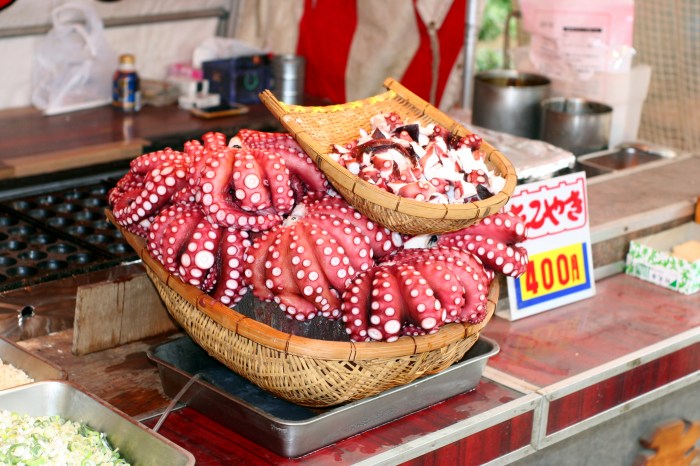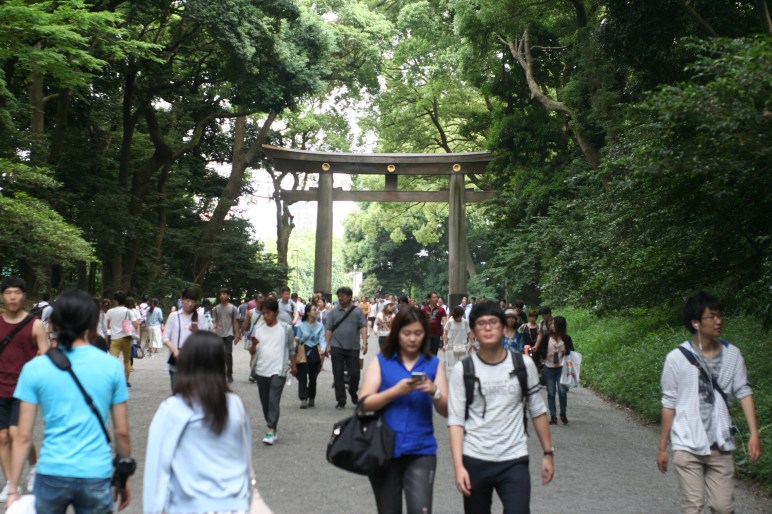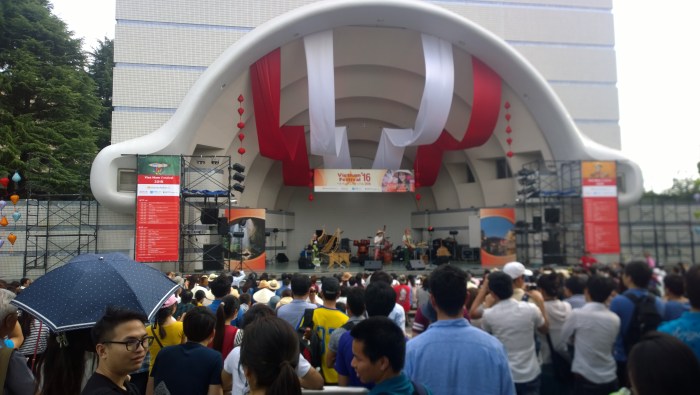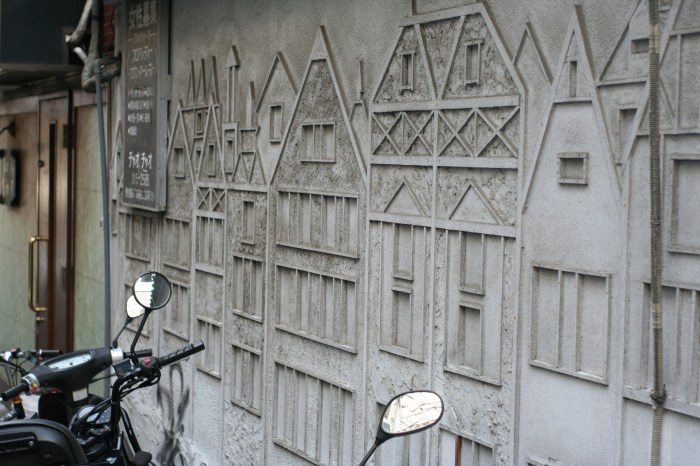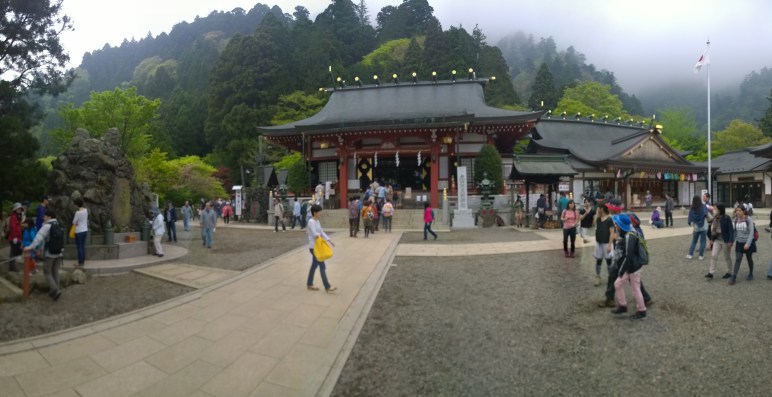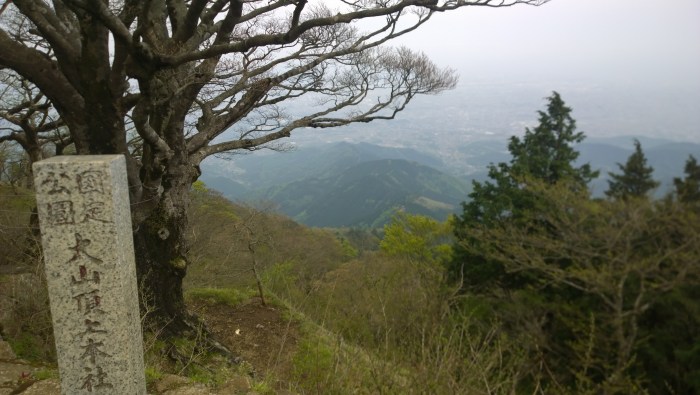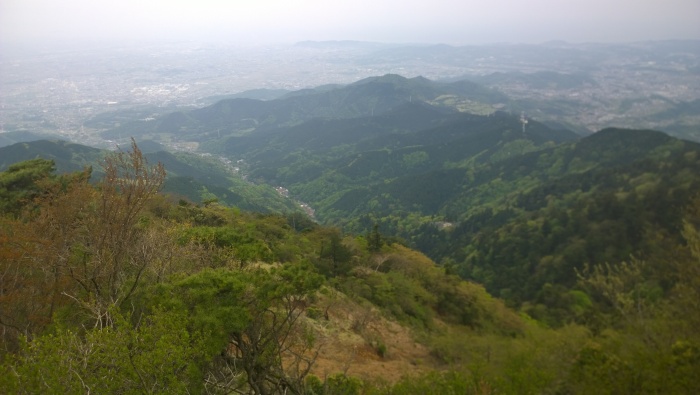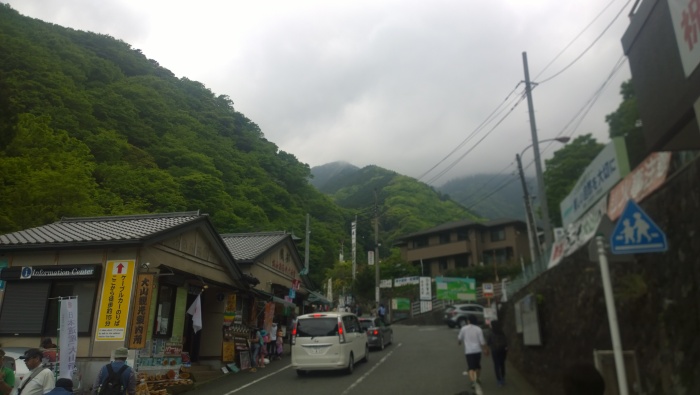Kyoto is a fine tourist city. Though quite massive in scale it evokes feelings of Aspen in the general vibe of its streets. The city is quite a bit more than a great place for Japanese and foreign visitors to enjoy what was the capital of Japan for a thousand years. Kyoto has a large tech industry in place (Nintendo’s headquarters are here for example) and has several well establishes sake companies that are definitely worth checking out. That being said, tourism is a vital part of the economy here. Hordes of tourists, travelers and schoolchildren come to Kyoto to see the beautiful array of temples, castles and culture that permeate the city.
After arriving by shinkansen, Heather and I stayed at a fine, clean hostel not far south of the main train station. I would really recommend traveling by shinkansen to anyone who visits Japan. Though strangely more expensive than flying (marginally), you have more leg room and comfort and after factoring in skipping security, etc. the high speed trains are just as fast (and more convenient) than flying. The greatest part of traveling by high speed rail has to be the views and the sense of actual distance traveled though. You really get a sense of the scale of the miles traveled when you’re racing along the ground at 200 miles per hour in a way you just don’t get when you’re flying.
Two nights and two days in Kyoto is not nearly enough to see the city. There are simply too many places to visit and the city is too large to see everything. Not to mention the traffic is rather painful. We purchased bus passes for the city which take you to the majority of major tourist spots, but the buses were rather infrequent and took ages to get from one location to another. I would recommend buying a public transit pass (2000 en for two days) or renting a vehicle (car, motorcycle, bike) if you’re planning a visit. The bus pass alone is a great way to save money if time is not an issue though, as you really can see almost anything with it, and it is very cheap at 500 en.
This was the first trip in Japan Heather and I took, and to be honest, it was much needed. It seemed a very rough juxtaposition of worlds when she first arrived; it really didn’t feel like Heather and my life in Japan could coalesce. Going somewhere new definitely made that make more sense. It was a great trip though; I’ll go into detail about each temple and location we visited in Kyoto in later posts, so this doesn’t become a bloated mess. Kyoto is a beautiful place though, and the type of place where you can truly relax as you explore architecture and design of a time long past, even if you are sprinting from temple to castle to shrine.
